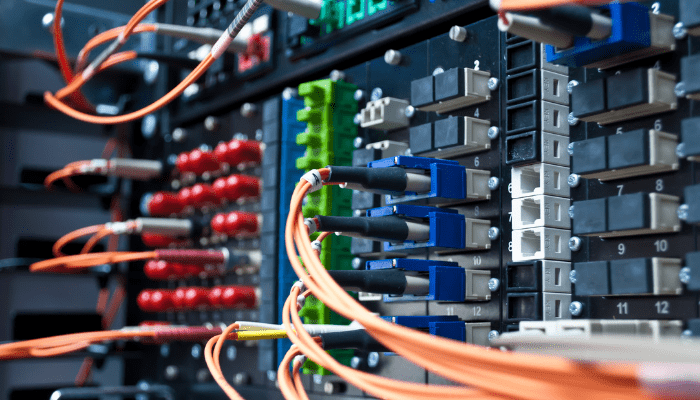In the world of modern technology and communication, the battle between fibre optic cables and traditional copper wiring has been an ongoing debate for the last few years. Indeed, fibre optic cables have gained significant traction around the world in recent years due to their remarkable advantages over traditional types of copper wiring. As more businesses and industries than ever continue to demand faster data transmission and more reliable connections, fibre optic cables have emerged as the frontrunner in the cabling space, offering a plethora of benefits that leave copper wiring in the dust.
- Lightning fast speed
- Enhanced reliability and stability
- Impressive distance and bandwidth
- Lightning-fast speed
One of the most significant advantages of a fibre cable over traditional copper wiring is the incredible speed at which they are able to transmit data. Moreover, fibre optics use pulses of light to carry information, allowing for data to travel at nearly the speed of light itself, which is much faster than the use of traditional copper wiring. In contrast, copper wiring relies on the movement of electrons, which can only reach a fraction of the speed of light, making them a slower option, especially when compared to new faster fibre optic cables. This fundamental difference translates into vastly superior transmission speeds for fibre optics, while in practical terms, this means that fibre optic connections are able to deliver Gigabit and even Terabit speeds, making them ideal for bandwidth-intensive activities such as video streaming, online gaming and large-scale data transfers.
- Enhanced reliability and stability
The second compelling benefit of fibre optic cables is their exceptional reliability and stability, especially when compared to more traditional types of copper wiring. Copper is susceptible to electromagnetic interference (EMI), as well as radio-frequency interference (RFI), which can often degrade the quality of the signal, leading to data loss or corruption. Additionally, copper wiring is also susceptible to a wide range of environmental factors such as temperature changes and moisture, which can further impact its performance over time.Fibre optic cables, on the other hand, are immune to EMI and RFI due to their use of light for data transmission, making them less susceptible to data loss or corruption. This immunity makes fibre optics highly reliable, especially in environments with a high degree of electronic interference, such as data centres or industrial settings.
- Impressive distance and bandwidth
In addition, fibre optic cables outshine copper wiring in terms of both distance and bandwidth capabilities. Copper wiring can experience a problem with signal degradation over longer distances, requiring signal boosters or repeaters to maintain data integrity. However, fibre optics can transmit data over much greater distances without suffering from significant signal loss making them ideal for long-distance communication, interconnecting remote locations and establishing global networks.
Therefore, to summarise the benefits of fibre optic cables over traditional copper wiring are clear and compelling, especially the lightning-fast speeds, enhanced reliability and impressive distance and bandwidth capabilities. As technology continues to advance and our reliance on high-speed, high-capacity connections grows, the superiority of fibre optic cables has become even more evident.










